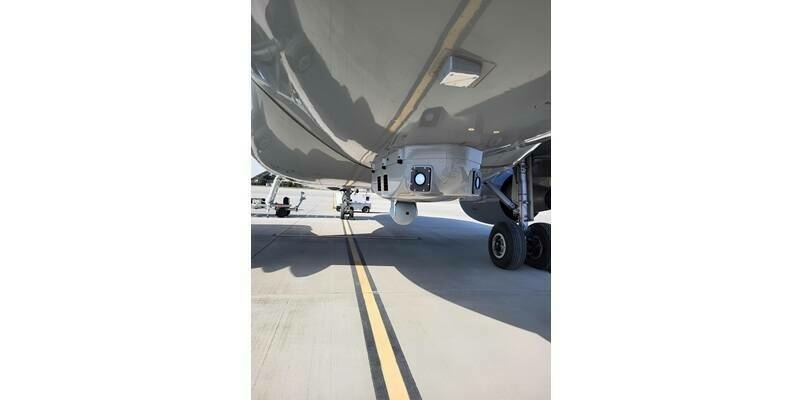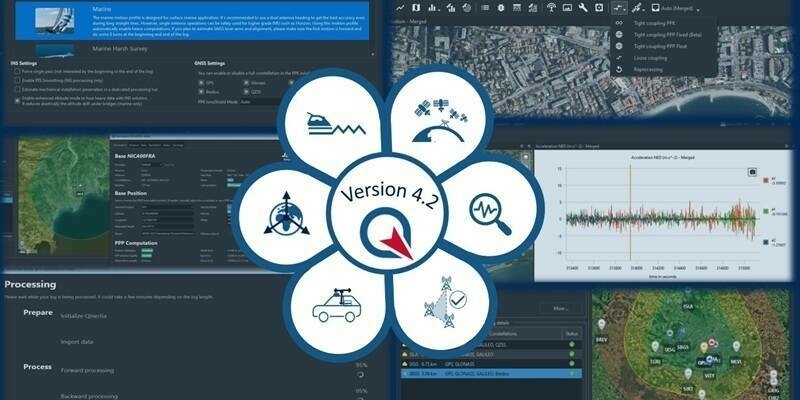It has orbited Earth almost 52,000 times, delivered more than 100 Terabytes of weather and climate data 24 hours a day/7 days a week, and improved weather prediction significantly, helping to save lives and protect property.
Europe´s first polar orbiting weather satellite MetOp-A, built by Airbus Defence and Space for ESA/EUMETSAT, has been providing precise weather and climate data since it was launched on October 19, 2006.
Global economic activity has become increasingly dependent on – and affected by – weather. Accurate weather forecasts are essential for sectors including energy, transportation, construction, agriculture and tourism, enabling them to plan and use resources more effectively and efficiently.
Timely warnings from national weather organisations help to save lives and property endangered by storms, flooding, heat waves and air pollution. Reliable weather forecasts yield an annual benefit up to €5 billion in the European Union, according to experts.
MetOp-A was the first of the low Earth orbiting (approx. 830 km) meteorological satellite for Europe, delivering a wide range of global measurements essential for weather forecasting and for climate monitoring.
One of three identical spacecraft, MetOp-A circles the planet sun-synchronously 14 times a day, flying much closer to the Earth than geostationary Meteo-satellites placed 36000 km above the equator. It provides observations in considerably finer detail over the full Earth, including the high latitude regions which are critical for weather forecasts in Europe, and giving access to a wealth of ocean, land and atmospheric parameters measured by microwave instruments that cannot be flown in the remote geostationary orbit.
Dieter Klaes, programme scientist at EUMETSAT, Europe´s organisation for the exploitation of meteorological satellites, said: "The MetOp satellites have significantly improved numerical weather prediction. By itself MetOp-A contributes roughly 25% of all data gathered for meteorological purposes, and 38% of all satellite platforms. The MetOp fleet’s performance in measuring trace gases and in the field of atmospheric chemistry, e.g. methane, sulphur dioxide, volcanic ash, has exceeded all expectations. Furthermore, climate and environmental monitoring benefits from the long-lasting programme with three satellites designed to operate for more than two decades."
The 4-ton MetOp satellites are still the most complete meteorological satellites operating in the world, carrying 12 instruments, 3 of which were made under Airbus Defence and Space responsibility. They comprise infrared, microwave and UV instruments to accurately measure pressures, humidity, temperatures, and gases at various altitudes in the Earth’s atmosphere, as well as a scatterometer to measure wind direction and speed.
In a collaboration between EUMETSAT and NOAA, the US National Oceanic and Atmospheric Administration, European and American meteorological satellites carry a set of identical sensors. An Airbus-built Microwave Humidity Sounder (MHS) flies on the NOAA 18 and 19 satellites, as well as on all three MetOps.
Since its launch in October 2006, MetOp-A has operated like clockwork and has achieved double its designed five-year lifetime. In September 2012 MetOp-B, the second in the series, was launched and operates in tandem with MetOp-A. The two satellites fly the same orbit, half an orbit apart, to better observe rapid atmosphere evolutions. The duo has increased the wealth of data even further, collecting data from low Earth orbit essential for accurate forecasts up to 12 days ahead. MetOp-C is scheduled for launch in 2018.
Michael Menking, Head of Earth Observation, Navigation and Science at Airbus Defence and Space said: "The MetOp programme continues to be a tremendous success with MetOp-A lasting well beyond its design lifetime to the milestone birthday we will celebrate. The success of this project has led to Airbus being awarded the development of the MetOp-Second Generation system, which will ensure that Europe receives high quality data from 2021 for the next 25 years."
In this new generation of MetOp satellites, MetOp Second Generation, currently being developed by Airbus Defence and Space, there will be a fleet of six satellites, with pairs of satellites carrying different packages to deliver complementary meteorological information. The A series of satellites (as of 2021) will be equipped with atmospheric sounders as well as optical and infrared imagers, while the B series (as of 2022) will focus on microwave sensors.
Subscribe to our newsletter
Stay updated on the latest technology, innovation product arrivals and exciting offers to your inbox.
Newsletter

